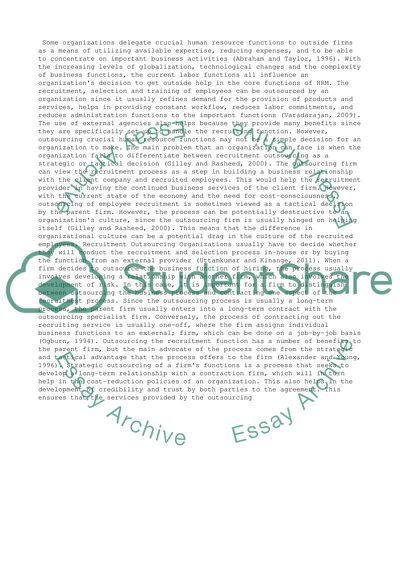Cite this document
(“Employee Recruitment: Outsourcing Human Resources Function of Finding, Research Paper”, n.d.)
Retrieved de https://studentshare.org/management/1395907-employee-recruitment-outsourcing-human-resources
Retrieved de https://studentshare.org/management/1395907-employee-recruitment-outsourcing-human-resources
(Employee Recruitment: Outsourcing Human Resources Function of Finding, Research Paper)
https://studentshare.org/management/1395907-employee-recruitment-outsourcing-human-resources.
https://studentshare.org/management/1395907-employee-recruitment-outsourcing-human-resources.
“Employee Recruitment: Outsourcing Human Resources Function of Finding, Research Paper”, n.d. https://studentshare.org/management/1395907-employee-recruitment-outsourcing-human-resources.


